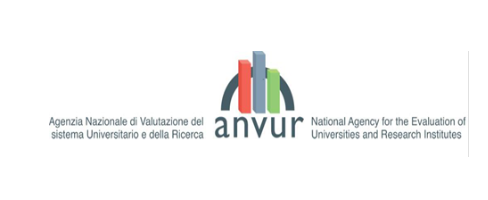TRAFFIC-RELATED MORTALITY IN MOLDOVA
DOI:
https://doi.org/10.36004/nier.es.2020.2-12Keywords:
traffic accidents, external causes of death, avoidable mortality, traffic-related injuries, road safety.Abstract
This article analyses the mortality caused by road accidents in Moldova depending on the degree of involvement of pedestrians, cyclists, motorcyclists, drivers and passengers of transport units, depending on age and sex. Results suggest that traffic-related mortality in Moldova has shown an increased incidence among the young and working-age population, where a significant difference between males and females is observed. Among the youth, traffic-related deaths register between 10-27% of the overall mortality in both sexes. The risk exposure of dying in a traffic accident decreases with age and is less significant in the retired ages. During the years 1998-2015, avoidance of trafficrelated deaths would have assured an increase in life expectancy between 0.40-0.56 years in males, and 0.09-0.23 years in females. The continuous increase in the number of transport units on public roads, as well as in the number of hours spent in traffic, influences the degree of exposure to the risk of death or injury as a result of road traffic accidents. Trauma resulting from road accidents increases the incidence of premature mortality and disability among the population, which is reflected by the decrease of healthy life expectancy. It is ascertained that the road accident mortality requires a detailed and comprehensive analysis given the multitude of factors influencing deaths and injuries related to a traffic accident among the population. Thus, in order to improve road safety and reduce mortality incidence among traffic participants, a range of actions has to be implemented by the liable actors, including through the international experience.















